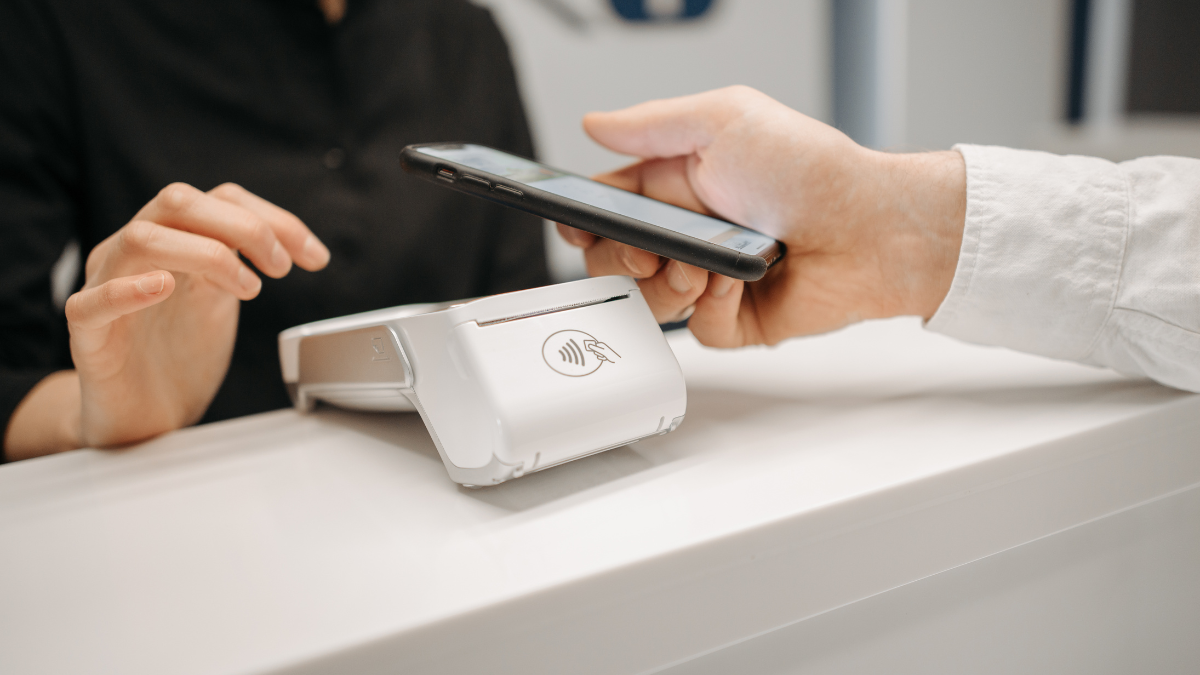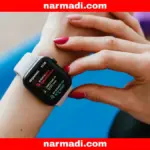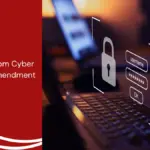The sophistication of NFC development began in 2013 when NFC began to be used for non-cash payments and authentication security.
And in 2015 NFC technology began to be applied to wearables such as smart watches. Over time, NFC continues to evolve with various innovations and applications in many sectors.
The following are some of the latest developments in NFC technology and its applications in various sectors of life.
Also Read
NFC Applications in Various Sectors of Life
1. NFC integration with IoT and Smart Home
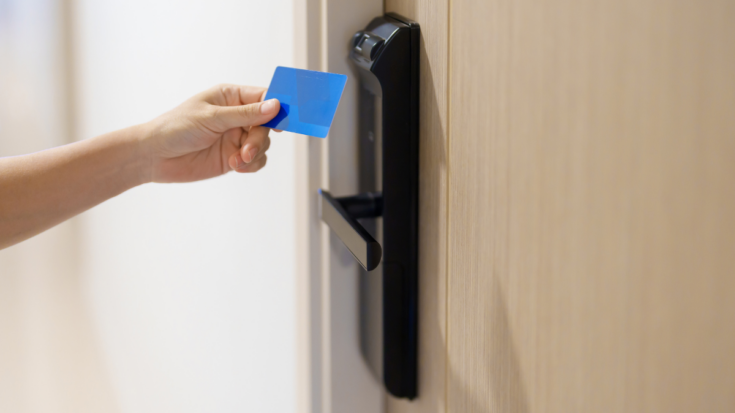
Near Field Communication (NFC) is now increasingly being integrated into Internet of Things (IoT) devices and smart home systems.
NFC makes it easy for users to control devices at home with just one touch, such as adjusting lighting, locking doors, or controlling room temperature.
2. Use of NFC in public transportation
Near Field Communication (NFC) has also become the main choice in public transportation payment systems in big cities.
In Indonesia, several cities are starting to implement NFC payment systems for more efficient public transportation.
Users can make ticket payments with their mobile phone or NFC card, reducing the need for direct contact.
3. NFC and wearable payment technology
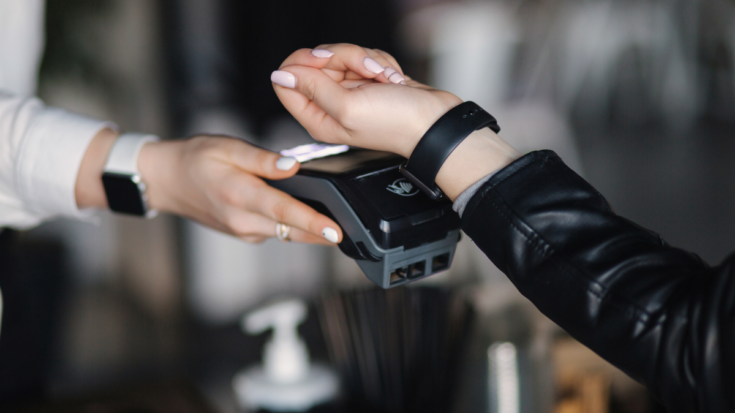
Wearable devices such as smartwatches are now equipped with the Near Field Communication (NFC) feature, enabling more practical payments by simply holding the device close to the payment terminal.
Examples include the Apple Watch and Samsung Galaxy Watch which offer convenience in non-cash transactions.
4. Increased security through tokenization
To address security concerns, NFC now employs tokenization technology that generates a temporary unique code for each transaction.
This system reduces the risk of data theft or account misuse because the transaction code is only valid once.
5. NFC for authentication and access control in the office sector
Near Field Communication (NFC) is also used in the office sector as a method of authentication and access control.
Companies use NFC to regulate access to certain spaces only to employees who have registered NFC devices, thereby minimizing the use of physical access cards.
6. Utilization of NFC for health tracking and medical data
Several health devices are now equipped with Near Field Communication (NFC) to store patient medical data.
In emergencies, medical personnel can access this data with compatible NFC devices, aiding rapid treatment without the need for physical access to documents.
7. The latest collaboration in the digital payments industry
Fintech companies are increasingly collaborating with smart device manufacturers to expand Near Field Communication (NFC) based payments.
This collaboration makes it easier for users to access digital payments that are safe and easy to use, especially in Indonesia which has a developing digital market.
With continued technological developments, Near Field Communication (NFC) is predicted to play a bigger role in the future.
The trend of using wearable devices and IoT will continue to increase, and NFC will be one of the technologies that drives this progress.
Increasingly sophisticated security technologies will ensure NFC remains the primary choice for secure wireless communications and transactions.
Considering the increasingly rapid development of NFC, you must ensure that the product with NFC technology that you use is certified by the Directorate General of Digital Infrastructure (DJID).
With this certification, users can feel calm about using an NFC device whose quality and security are guaranteed.
For manufacturers or importers of NFC devices, obtaining certification from DJID is a mandatory step before the device can be officially marketed in Indonesia.
To simplify the certification process, producers can utilize DJID certification services as a reliable solution.

